How to Select the Best Product Lifecycle Management Software for Your Business
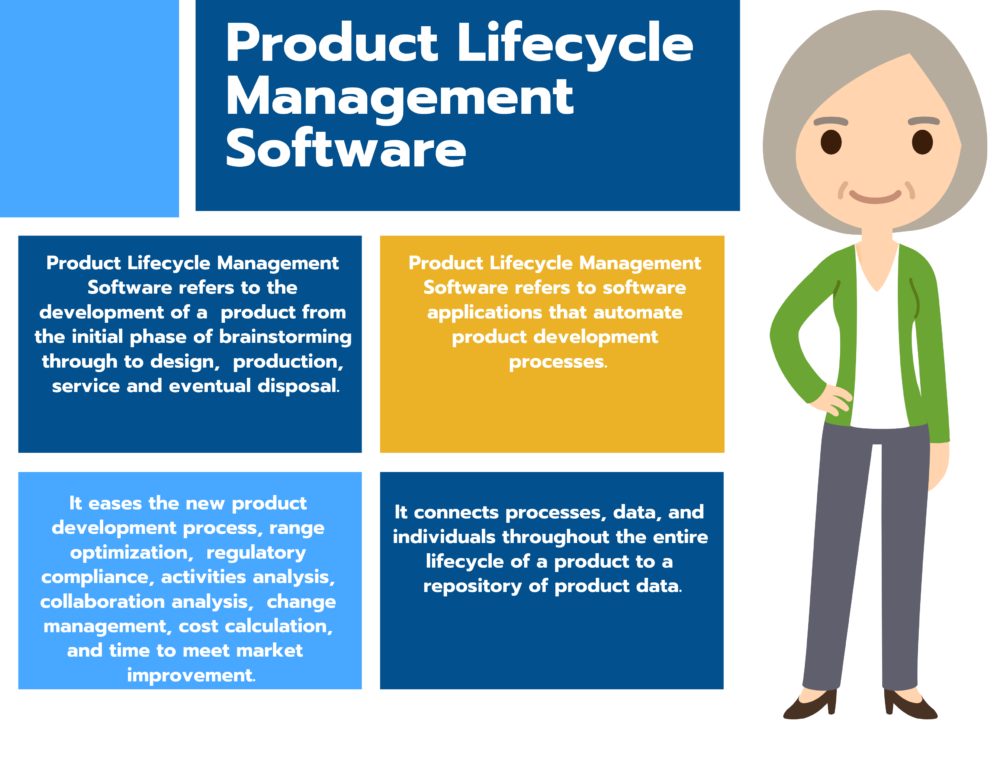
In today's manufacturing atmosphere, products are becoming increasingly complex. This is seen especially in products that need ongoing support and maintenance even after their release. This makes an holistic approach, that puts into consideration the entire life cycle of a product, very important.
Product Lifecycle Management Software streamline the development of a product from the initial phase of brainstorming through to design, production, service and eventual disposal. Due to the vast network created by the steps required to create and release a new product, there becomes a need for a robust software solution to help oversee the progress of product development. Fortunately, Product Lifecycle Management Software exists to satisfy this need.
You may like to read: Top Product Lifecycle Management (PLM) Software
What are Product Lifecycle Management Software?
Product Lifecycle Management Software automate product development processes. It connects processes, data, and individuals throughout the entire lifecycle of a product to a repository of product data.
With product lifecycle management software, everyone from those who design concepts to the end-user is on the same page and shares up-to-date information on the product. It brings together various stakeholders such as manufacturing, procurement, external, sales and engineering partners. It eases the new product development process, range optimization, regulatory compliance, activities analysis, collaboration analysis, change management, cost calculation, and time to meet market improvement. It helps companies avoid time wasted to re-key data, boosts innovation, assists companies met their deadlines, and helps companies lead their competition in the market.
It is often paired with enterprise resource planning (ERP) which enables management benefit from the company's overview. It enhances optimization and the process of making strategic decisions. Companies in various industries such as high tech, consumer electronic, transportation, clean tech, life science, industrial, and consumer products can use product lifecycle management software.
You may like to read: Top Product Lifecycle Management (PLM) Software
What are the features of Product Lifecycle Management Software?
Product Lifecycle Management Software possesses a number of features that aids the management of a product's lifecycle. We have compiled a list of features that can be found in product lifecycle software and explained them. Features on this list are collaboration tools, design and visualization, content authorizing, centralized data repository, computer-aided engineering and computer-aided manufacturing.
- Collaboration tools: this makes the transfer of work from one department to another seamless, which helps prevent lost-in-translation problems that can slow down teams and put projects on hold. While collaboration tools have proven beneficial for all companies, they are essential for teams that are geographically dispersed.
- Design and visualization: most product lifecycle software applications offer computer-aided design(CAD) tools that enables manufacturers create graphical representations of the product they produce in two or three dimensions. Design capabilities are required by many manufacturers to optimally visualize products before they are created.
- Content authoring: with this feature, companies can generate both external and internal documentation of products across the process of product development. They also greatly enhance productivity and collaboration, while still ensuring no document, image or file gets misplaced. The document generated may include assembly instructions, user guide, multilingual technical publications, internal notes made on products and service manual.
- Centralized data repository: as a number of marketers, distributors, suppliers and engineers are needed in a product lifecycle, various forms, tools, documentations and machinery would be required for each product. These disparate devices and processes are held together by product lifecycle software by acting as a principal repository of data and ensuring every individual has access to needed information saved in one location.
- Computer-aided engineering: this is used to develop designs, stimulate product and identify weaknesses to create sound and safer assets.
- Computer-aided manufacturing: this helps manufacturers create products exactly as designed by communicating it precisely to machinery.
You may like to read: Top Product Lifecycle Management (PLM) Software
What are the types of Product Lifecycle Management Software?
There are different types of Product Lifecycle Management Software which meet various company product lifecycle management needs. To avoid getting a product lifecycle management software that is inadequate to meet your companies needs, knowing the different types and which best suits your product should be of utmost importance. The three types of product lifecycle to be considered are those from an enterprise resource planning vendor, best-of-breed applications, and stand-alone product lifecycle modules.
- Product lifecycle software from an enterprise resource planning vendor: Product lifecycle management features are offered by most enterprise resource planning systems with their suites.
- Best-of-breed application: Software applications found under this type of product lifecycle management software are provided by vendors that are product lifecycle management specific. They offer suite modules that help in the management of all product lifecycle stages.
- Stand-alone product lifecycle management modules: One can choose to buy computer-aided engineering, computer-aided design and other available modules as stand-alone software solutions.
What are the benefits of Product Lifecycle Management Software?
The importance of product lifecycle to companies should not be undermined as companies stand to gain a lot from integrating product lifecycle software with their business system. Some of the benefits companies stand to gain includes quicker and better production, accurate production, efficient, and attainment of revenue and cost targets set by companies.
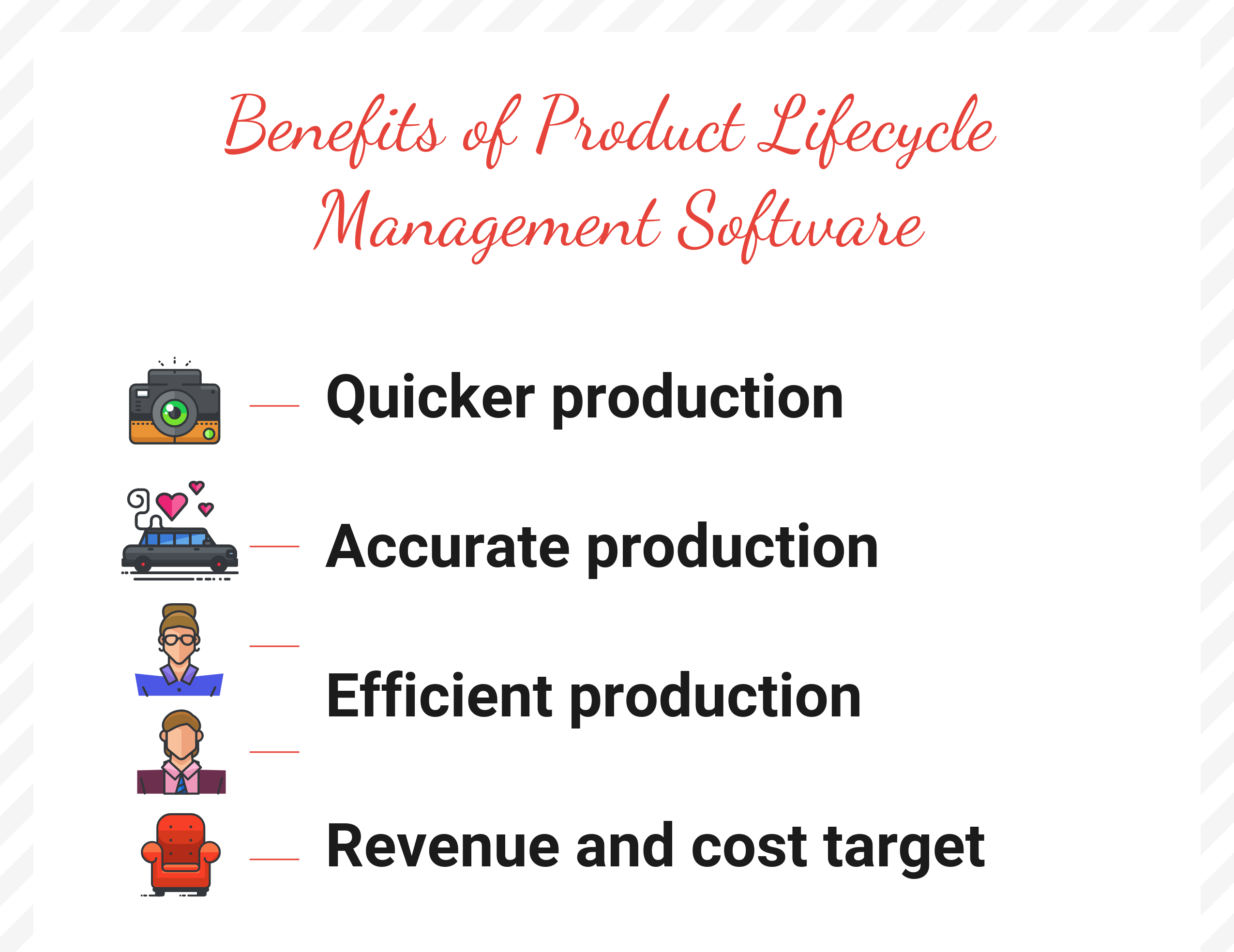
What are the benefits of Product Lifecycle Management Software
- Quicker production: with the computer-aided design software feature of product lifecycle management, designs can be created more easily and quickly at an even lower cost. Also, computer-aided manufacturing functionality can be used to manage machining processes and produce products more quickly.
- Accurate production: product lifecycle management software can be used by manufacturers to ensure products correlate with design specifications during machining. Product lifecycle also enables manufacturers test and stimulate designs before starting production to make sure finished products are dependable and of good quality.
- Efficient production: the use of product lifecycle management software enables the sharing of production forecasts, designs and other information, and the communication with team members. Product lifecycle management software also helps manufacturers create processes that are automatic for product design, disposal and creation.
- Revenue and cost target: using product lifecycle management software increases the likelihood of meeting revenue and cost targets.
You may like to read: Top Product Lifecycle Management (PLM) Software
What are the trends of Product Lifecycle Management Software?
- Artificial intelligence: this has made its way into business software and it is in no way different with product lifecycle management software. With the rise of artificial intelligence, product lifecycle management activities are automated, and time and energy spent on carrying them out is greatly reduced. This makes work easier and enables employees work more productively and efficiently. While there is a number of people that believe the use of artificial intelligence would replace their jobs, it is not so in most cases as artificial intelligence is used by most companies to simply make work easier.
- Cloud computing: this is simply the delivery of computing services on-demand. It operates on a pay-as-you-go basis and is typically done via the internet. With the integration of cloud computing with product lifecycle management software, companies can avoid the complexity and upfront cost of maintaining and owning an IT infrastructure. Companies can simply make payment for what they use and when they use. It also makes access to information easy and available anytime and anywhere.
How to Select the Best Product Lifecycle Management Software for Your Business
- Ease of use: if it is not easy to navigate the product lifecycle software, team members or employees will find learning to use it difficult and may not want to use it. Such a situation will encumber workers and would require time and other resources to train them. This will totally defeat the efficiency and optimization value manufacturers hoped to gain by implementing the software to begin with.
- System integration: a lot of businesses already make use of one form of system for product management or the other. A good product lifecycle management software application should integrate easily with other systems being used by a company or be adequately powerful to take their place.
- Support for existing processes: when considering what product lifecycle management software application to choose, one must seek an application that integrates well with the existing business expectation and work flow. Except in situations where massive overhaul is required in a company's business operations, it is more profitable to make changes that are subtle and will increase business efficiency.
- Flexibility and accessibility: the ability to organize and communicate across industries, businesses and different teams is one of the great benefits of product lifecycle management software. Putting this into consideration, you have to seek a software application that gives you access to every team you work with or wish to work with as a good product lifecycle software application should be able to enhance easy communication.
- Speed of implementation: the process of implementing which includes installation, training employees on how to use the software and integrating into existing daily work flow should not take undue time. For this reason, it is important to choose a software application that is very good, and also easy to use and very accessible. A software application that requires o much time to implement would slow product development process down.
You may like to read: Top Product Lifecycle Management (PLM) Software
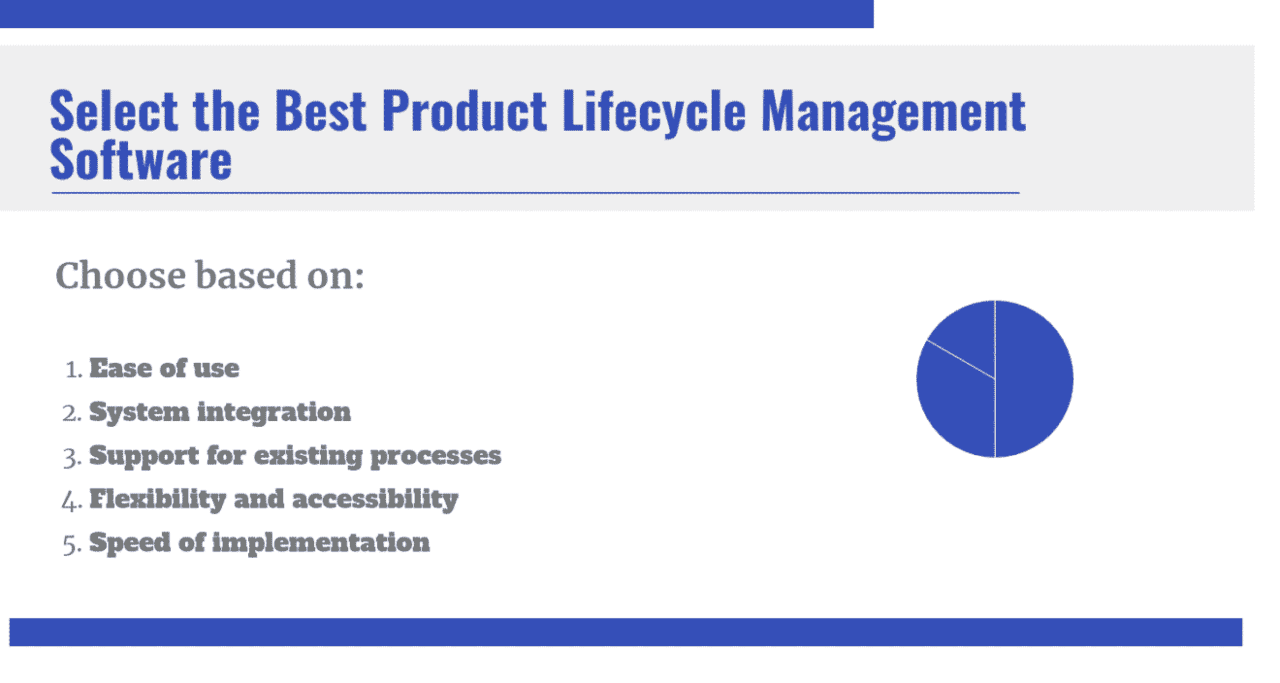
How to Select the Best Product Lifecycle Management Software for Your Business
Here are the trending and the top rated Product Lifecycle Management Software for you to consider in your selection process:
You may like to read: Top Product Lifecycle Management (PLM) Software
You may like to read: Top Product Lifecycle Management (PLM) Software, and How to Select the Best Product Management Software for Your Business
What is Product Lifecycle Management Software?
Product Lifecycle Management Software streamline the development of a product from the initial phase of brainstorming through to design, production, service and eventual disposal. Product Lifecycle Management Software automate product development processes. It connects processes, data, and individuals throughout the entire lifecycle of a product to a repository of product. With product lifecycle management software, everyone from those who design concepts to the end-user is on the same page and shares up-to-date information on the product. It brings together various stakeholders such as manufacturing, procurement, external, sales and engineering partners.
What are the features of Product Lifecycle Management Software?
Product Lifecycle Management Software possesses a number of features that aids the management of a product's lifecycle. The features include collaboration tools, design and visualization, content authorizing, centralized data repository, computer-aided engineering and computer-aided manufacturing.
What are the benefits of Product Lifecycle Management Software?
The importance of product lifecycle to companies should not be undermined as companies stand to gain a lot from integrating product lifecycle software with their business system. Some of the benefits companies stand to gain includes quicker and better production, accurate production, efficient, and attainment of revenue and cost targets set by companies.
You may like to read: Top Product Lifecycle Management (PLM) Software, and How to Select the Best Product Management Software for Your Business




















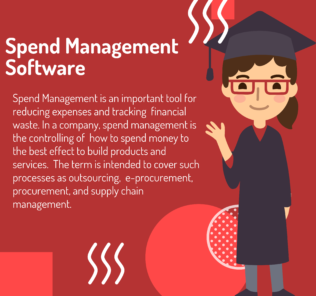



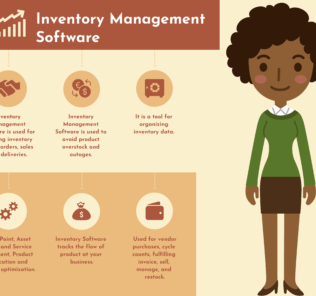





By clicking Sign In with Social Media, you agree to let PAT RESEARCH store, use and/or disclose your Social Media profile and email address in accordance with the PAT RESEARCH Privacy Policy and agree to the Terms of Use.